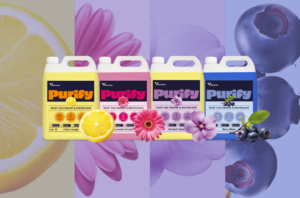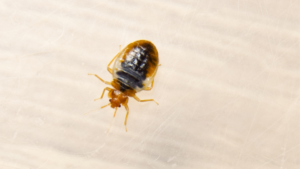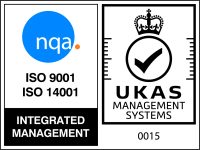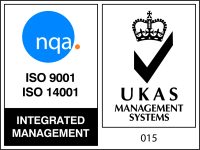Avoiding Cross-Contamination
Preventing the risk of cross-contamination is the ultimate goal of any solid cleaning routine. When harmful pathogens spread unchecked from surface to surface, it compromises the health and wellbeing of all who use a particular space or facility. There are, however, strategies that should be utilised in order to prevent the hazard of cross-contamination, procedures that – when undertaken properly – can act as a bulwark against the spread of pathogens.
Cross-Contamination: What’s the Big Deal?
Simply put, cross-contamination has the potential to spread harmful germs and diseases. Be it a school, an office or a gym, cross-contamination can occur absolutely anywhere and, as ISSA explains, “Bacteria and viruses can remain infectious for a surprisingly long time on almost anywhere you may touch – countertops, door handles, light switches, toys, computers, even inside refrigerators and freezers.” While it can occur in any setting,Clean Hygiene Today Magazine observes that cross-contamination poses a real threat in food preparation and healthcare environments.
Without the correct training and awareness, cleaning staff can also play an unwitting part in cross-contamination. Offering up an example of how cross-contamination can happen, Cleaning Maintenance & Management describes a scenario in which a cleaner wipes a toilet that had previously been exposed to norovirus and then goes on to use that exact same cloth or tool to tend to a facility’s sinks, thereby spreading the virus. In a second example, the outlet describes how a cleaner could spread salmonella by wiping counters with the same cloth that had been used to clean a sink filled with debris from raw chicken.
Regardless of where or how it occurs, cross-contamination compromises the overall hygiene of a facility and, most importantly, the health and wellbeing of its users.
Preventing Cross-Contamination: What Cleaners Can Do
In their procedures and practices, cleaners can do much to prevent cross-contamination. But first and foremost, it is integral that staff are trained and educated to recognise exactly how pathogens can spread during the course of their day-to-day work and understand what they can do to minimise risk. For example, as Cleaning Maintenance & Management suggests, knowledge of colour-coding procedures can be extremely effective in preventing cross-contamination while cleaning. Likewise, the outlet adds that an understanding of the benefits of materials like microfibre – which can be more efficient at removing pathogens from surfaces than cotton – is also helpful.
In terms of basic techniques, the outlet also adds that cleaners should always work from the cleanest area of a surface to the dirtiest and from top to bottom in order to prevent cross-contamination. High-touch areas should be tended regularly. When using disinfectant products, cleaners should also adhere to the advised dilution ratio and contact time. If cleaning in a food service environment or a food prep area, the UK’s Food Standards Agency (FSA) also offers further specific guidance on cleaning here. Finally, as the Health and Safety Executive (HSE) adds, hand hygiene facilities should always be fully stocked.
Preventing Cross-Contamination:
What Facility Users Can Do
While cleaners have a considerable part to play in the prevention of cross-contamination, so too do those who use a facility. Education about the risks posed by cross-contamination is key in preventing it, so it is important that facility users are aware of how pathogens can spread from surface to surface. This is especially important for those working in food service settings where, the FSA advises that, “Cross-contamination is one of the most common causes of food poisoning.” The agency also adds here that effective cleaning of surfaces, equipment and hands can also minimise the potential spread of disease.
Finally, when it comes to hand hygiene – just as cleaners and facilities teams should ensure that hand washing facilities are always well-stocked – those working or using a facility should likewise take care that they are following correct hand hygiene techniques. The National Health Service offers video guidance on good hand hygiene here.
Cross-contamination – regardless of its source – poses a real threat to health and safety. But by adhering to basic cleaning protocols and understanding the risks associated with cross-contamination, cleaners can both safeguard the hygiene of a facility as well as the wellbeing of those who use it.








